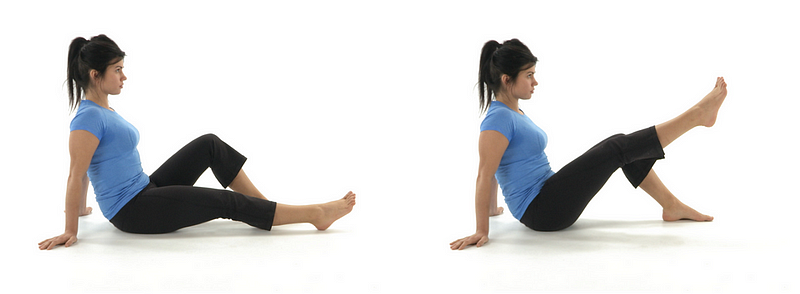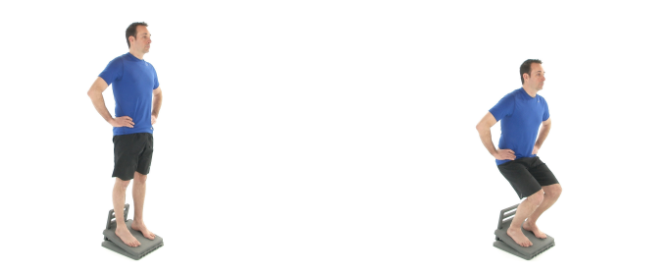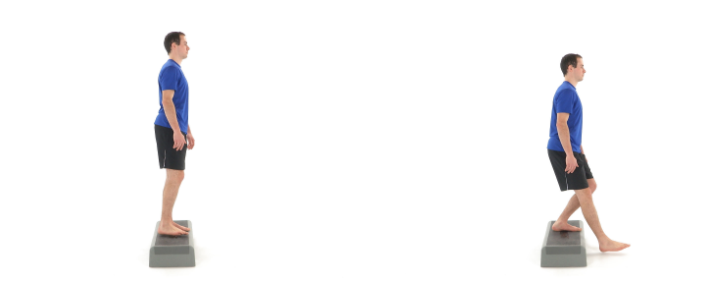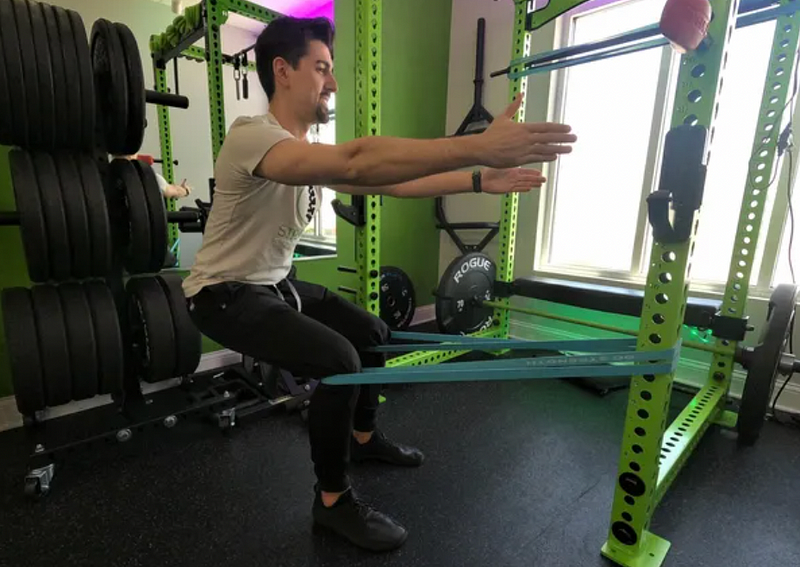Your Comprehensive Guide to Easing Clicking Knees
Written on
Chapter 1: Understanding Clicking Knees
Experiencing “clicking” or “popping” noises in your knees may lead you to question your joint health. Surprisingly, such sounds are quite prevalent and usually not indicative of any serious issues. Many individuals encounter these sensations daily, and they often have little to do with pain or injury. In fact, these noises might even signal that your joints are functioning well!
However, problems arise when we allow fear of these sounds to deter us from physical activity. This avoidance can lead to more significant issues as it may inhibit natural movements that are essential for maintaining joint health and strength. To address these concerns, I will introduce several exercises designed to enhance joint lubrication, stability, and strength. While these movements may not completely eliminate the clicking or popping, they can significantly improve your knee health. Whether you’re a senior dealing with fragile knees or an athlete facing creaky joints, this guide offers practical solutions to overcome any challenges posed by your knees.
Let's dive into the essential exercises that will support your knee health!
Chapter 2: Five Key Exercises for Stronger Knees
This section is geared towards individuals who generally have healthy knees but are experiencing minor discomfort. If you are dealing with a significant injury, it’s crucial to consult a healthcare professional before trying any of the exercises listed below. The same advice applies to those with chronic conditions that may complicate unsupervised physical activity.
To begin with, let’s address the common cracking or popping sounds in your knees. One potential cause of these noises is nitrogen movement within the joint, which is entirely normal and should not raise any alarms. Another possibility is the sliding of tendons over surrounding tissues, which is also a natural phenomenon.
However, if you experience persistent pain along with these sounds, it may indicate underlying issues such as swollen tissue, loose cartilage, or ligament injuries. This is particularly relevant for individuals suffering from conditions like arthritis, tendonitis, or bursitis. If you find yourself in this situation, seek guidance from a qualified physiotherapist who can create a tailored rehabilitation plan that avoids painful movements while strengthening neglected tissues.
For the majority, clicking knees are not a cause for concern—this should be a relief! If you are keen on enhancing your joint health, consider the following exercises. These movements serve as excellent 'prehab' strategies for building strong, functional knees and preventing pain before it arises. Aim to perform this brief routine 4–5 times a week for optimal results.
- Tibial Rotations

Execution: 10–12 reps per side
Instructions: Sit in a chair on a smooth surface. Rotate your leg inward and outward, keeping your heel steady. Maintain a neutral position with your trunk and hips to isolate the movement. Complete the set and then switch sides.
- Seated Leg Raises

Execution: 10 reps per side
Instructions: While seated, slowly lift and lower one leg, keeping the rest of your body stable. After 10 reps or when you feel fatigued, switch to the other side. Keep your leg straight and exhale as you raise it.
- Decline Squat

Execution: 2 sets of 10–15 reps
Instructions: Similar to a standard squat, allow your knees to track slightly over your toes as you lower down. Once you find a challenging depth, push back up by engaging your glutes. If you lack a wedge, use household items like books or boxes to create a decline.
- Anterior Step-Down

Execution: 2 sets of 10–15 reps per side
Instructions: Step down while keeping your weight on the planted foot. Lightly touch the ground and then push back up. Ensure your weight is evenly distributed through the planted foot for balance. For progression, increase the height of the step or carry dumbbells.
- Spanish Squat

Execution: 5 sets of 30 seconds hold (2-minute rest)
Instructions: Using a sturdy pole and a thick resistance band, loop the band around the anchor and position it behind your knees. Walk back until you feel the right resistance, lower into a squat, and hold. Focus on pushing the ground away with your heels to maximize tension. It’s not necessary to squat deeply, and you can also do this with one leg for isolation.
Although isometric exercises may not seem like the ideal approach for knee rehab, they are proven to alleviate pain and enhance strength and endurance in tendons. For the Spanish squat, aim for five holds of 30–40 seconds, resting for 2 minutes between each. Strive to reach about 70% of your maximum load capacity and hold until fatigued. Remember to avoid pushing through severe pain!
In Closing
To ensure the health of your knee joints, concentrate on what you can control. Building stability and strength will help your knees function more smoothly and with less discomfort. If these exercises help to reduce the clicking or popping sounds, that’s fantastic! If not, rest assured that many of these sensations are entirely normal and healthy. Just focus on strengthening your joints and trust that the rest will take care of itself!
You’ve got this!
This video titled "Soundproofing A Room (It's Easier Than You Think)" provides insights into creating a quieter living space, which can also benefit your overall well-being.
The video "How To Use Visualization For Athletes: Sports Psychology Video" explores techniques athletes can use to enhance their mental game, aiding in both performance and recovery.